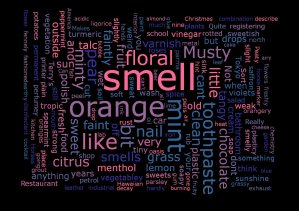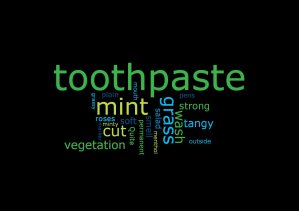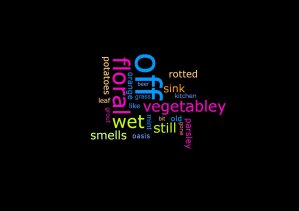This project came out of my, Jo Leng’s, interest in smell. How we perceive it, how we communicate it, how it affects us and the “scientific” comments made about smell for example women smell musk better than men; men smell sweet smells better than women; and smell helps you find a mate with a complementary immune system!
The human sense of smell is less capable of distinguishing the variety of smells that some other animals can such as dogs. Dogs have a remarkably good sense of smell and so are used by the police to detect drugs and fire arms. Dogs are considerably better at smelling than even the best machines that have been created to detect smell.
The source of a the unique nature of a smell is linked to the chemicals present in the air and their molecular structure. Although at this time no one really understands the molecular mechanism that allows us to smell and provide us with a unique sensations that we associate consistently with that molecule.
We did find out some useful information about smell:
- Smell is delivered by air-borne molecules – these tend to be fairly small and they smell stronger at higher concentrations and at higher temperatures.
- There are some molecules that some people can smell and some cannot. There is even a genetic basis for this difference that has been identified for some of these aromatic molecules.
- There are some molecules that differ only by the addition of one atom or rotational symmetry but have a very different smell.
- The perception of smell relatively hidden so if I can smell something I do not know if others can or cannot smell it. Smell is invisible.
- The perception of a smell as pleasant or unpleasant is individual so for example to some people coriander tastes like soap and while some of those people do not like coriander other do AND this does not seem to affect types of cuisine so despite the smell and flavor of coriander being off-putting to some people it is still used in a variety of cookery.
- The words that people use to communicate smell are not consistent.
With this in mind we found a small number of molecules that we could use in a smell test. We brought pure forms of these and diluted them so that we could smell them (this was done by trial and error). I will not list what these molecules are here as you may like to do one of our tests some time in the future.





